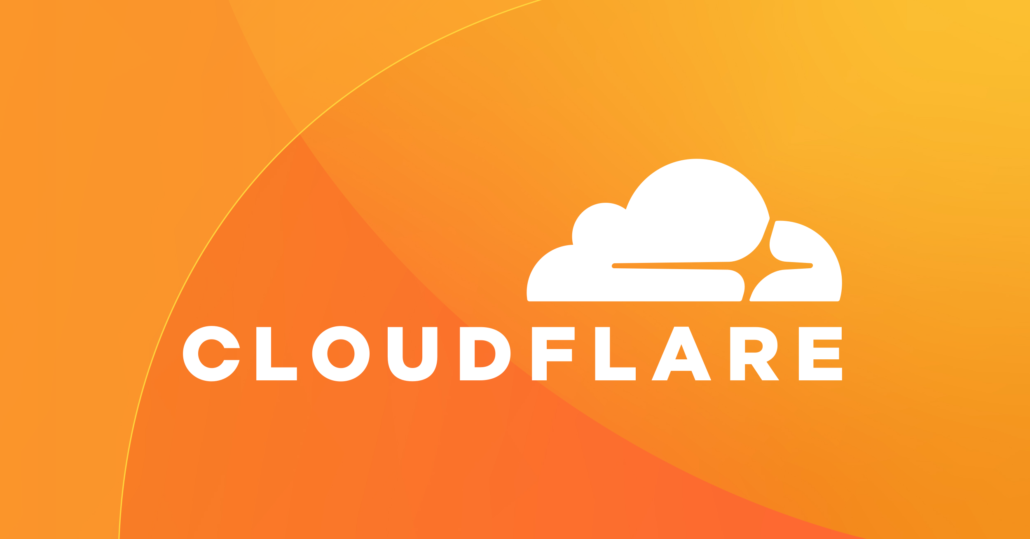Introduction
In the vast digital landscape, Cloudflare stands as a beacon of security, ensuring that websites remain protected against a myriad of threats. Its rise to prominence has not only changed the way we perceive web security, but has also posed new challenges for businesses and individuals alike. As the digital age progresses, the need to access data behind such fortresses becomes paramount for many. This article delves deep into the world of Cloudflare, exploring its transformative journey and the intricacies of bypassing its defenses. Join us as we unravel the enigma that is Cloudflare and shed light on the art and science of navigating its security measures.
Cloudflare Decoded: The Digital Sentry of Web Security
In the realm of web security, few names resonate as powerfully as Cloudflare. But what is it about this platform that has made it the digital sentry of our times? Let’s embark on a journey to decode its essence.
Cloudflare’s Genesis and Evolution
Cloudflare wasn’t born overnight. Its inception was a response to the increasing threats websites faced in the early days of the internet. As cyber-attacks grew more sophisticated, the need for a robust defense mechanism became evident. Cloudflare emerged as the answer, providing a shield against DDoS attacks, malicious bots, and other web threats.
Over the years, Cloudflare expanded its suite of services, evolving from a simple content delivery network (CDN) to a comprehensive web security and performance solution. Today, it protects and accelerates millions of websites, ensuring that they remain accessible and secure.
The Global Footprint
Cloudflare’s influence isn’t limited to a specific region or industry. Its global CDN spans over 200 cities in more than 100 countries. This vast network ensures that user requests are served from the nearest data center, reducing latency and improving website load times. But beyond performance, this expansive network plays a crucial role in Cloudflare’s security apparatus. By distributing web traffic across its vast network, Cloudflare can effectively mitigate large-scale DDoS attacks, ensuring that websites remain online even under heavy assault.
Collaborations and Partnerships
Cloudflare’s success isn’t a solo endeavor. Over the years, it has forged strategic partnerships with leading tech companies, enhancing its service offerings. These collaborations range from integrating with platforms like WordPress to ensure optimized performance for websites to partnering with cybersecurity firms to bolster its defense mechanisms. Such collaborations underscore Cloudflare’s commitment to staying at the forefront of web security and performance.
Unmatched Bot Management System
In the digital age, not all web traffic is genuine. Bots, both benign and malicious, constitute a significant portion of web traffic. Cloudflare’s bot management system is designed to differentiate between genuine users and bots, ensuring that malicious bots are blocked while legitimate ones can access the web resources they need. This nuanced approach to bot management ensures that websites remain protected without compromising on user experience.
The Business Imperative: Circumventing Cloudflare
In the digital realm, data is the lifeblood of innovation and growth. For businesses, especially those that rely heavily on data-driven insights, accessing information becomes paramount. While Cloudflare’s primary role is to protect and optimize, its robust defenses sometimes inadvertently become barriers for legitimate data access needs. This section delves into the tangible and intangible challenges posed by Cloudflare and the business imperatives for circumventing them.
Tangible Challenges: The Technical Roadblocks
At its core, Cloudflare is designed to differentiate between genuine users and potential threats. However, this differentiation isn’t always flawless. Businesses employing web scraping tools for legitimate purposes often find themselves blocked or served with CAPTCHAs. These technical roadblocks can disrupt data extraction processes, leading to incomplete datasets and potential business disruptions.
Intangible Challenges: The Business Continuity Perspective
Beyond the technical aspects, Cloudflare’s defenses can pose intangible challenges for businesses. For instance, a delay in accessing real-time data due to Cloudflare’s defenses can lead to missed market opportunities. Similarly, businesses that rely on trend analysis might find their insights skewed if they can’t access data in a timely manner. In the fast-paced digital world, even minor delays can translate into significant competitive disadvantages.
Real-World Scenarios: The Business Narratives
Consider an e-commerce business that relies on price scraping to ensure its pricing strategy remains competitive. If Cloudflare defenses block access to competitor websites, the business might miss out on crucial pricing shifts, leading to potential revenue losses. Similarly, a financial institution employing web scraping for real-time market data might find its trading algorithms rendered ineffective if Cloudflare blocks data access.

The Encyclopedia of Bypassing Cloudflare
As the digital landscape evolves, so do the techniques and tools to navigate its challenges. Bypassing Cloudflare, while complex, is not an insurmountable task. This section offers a comprehensive guide to the methods, tools, and avant-garde solutions available for web scraping without getting blocked by Cloudflare. With a special focus on the role of web scraping API, we’ll explore the various strategies and technologies that make it possible to access the data you need, even when faced with Cloudflare’s robust defenses.
Real Browsers: The Human Touch
One of the most effective ways to bypass Cloudflare’s defenses is by mimicking genuine human behavior. Tools like Selenium and Puppeteer allow for browser automation that replicates real user interactions, making it challenging for Cloudflare to differentiate between a genuine user and a scraping bot.
Web Scraping API: The Game Changer
In the world of data extraction, web scraping APIs have emerged as game changers. These APIs, designed with bypassing mechanisms in mind, offer a seamless way to extract data even from websites protected by Cloudflare. By handling the complexities of proxy management, CAPTCHA solving, and request headers, a web scraping API ensures that data extraction remains uninterrupted and efficient.
Third-Party Solutions: The Vanguard Approach
Several third-party solutions specialize in bypassing Cloudflare. These vanguards, equipped with cutting-edge techniques and tools, offer businesses a hassle-free way to access the data they need. From handling browser fingerprints to managing user agents, these solutions ensure that Cloudflare’s defenses are navigated seamlessly.
Staying Updated: The Continuous Evolution
The art of bypassing Cloudflare is not static. As Cloudflare continues to innovate and bolster its defenses, the techniques to bypass them also evolve. For businesses and data enthusiasts, staying updated with the latest developments in tools like web scraping APIs and browser automation becomes crucial.
The Crystal Ball: Web Scraping in the Bot Protection Epoch
As we stand on the cusp of a new digital era, the dynamics of web scraping are undergoing a transformative shift. The rise of advanced bot protection mechanisms, epitomized by platforms like Cloudflare, signals a
future where the balance between data accessibility and security becomes even more nuanced. Let’s gaze into the crystal ball and prognosticate the future of web scraping in this evolving landscape.
The Evolution of Bot Protection
The inception of bot protection was a response to the increasing threats posed by malicious bots. However, as these protection mechanisms became more sophisticated, they inadvertently started affecting benign bots used for legitimate web scraping purposes. The future promises even more advanced bot protection measures, leveraging AI and machine learning to differentiate between malicious and benign activities with unprecedented accuracy.
Cloudflare’s Anticipated Maneuvers
Given Cloudflare’s track record of innovation, it’s reasonable to expect that its bot protection and anti-scraping measures will continue to evolve. We might see the integration of more advanced AI algorithms to detect scraping patterns, real-time adaptation to scraping techniques, and even collaborations with AI firms to bolster its defenses.
Web Scraping with AI: The New Frontier
The future of web scraping is intrinsically linked with advancements in AI. As bot protection mechanisms become smarter, so must the scraping techniques. The use of web scraping with AI will not just be a luxury but a necessity. AI-powered scraping tools will be able to adapt in real-time, mimicking genuine user behaviors more convincingly and navigating through CAPTCHAs and other challenges with greater efficiency.
Ethical Web Scraping: The Unwavering Ethos
As the technical landscape evolves, so does the ethical framework surrounding web scraping. The future will see a stronger emphasis on ethical data extraction, ensuring that scraping activities respect privacy norms, terms of service, and other legal and ethical boundaries. This unwavering ethos will be crucial in ensuring that web scraping remains a legitimate and respected activity in the digital realm.
Conclusion
The journey through the intricacies of Cloudflare and the art of bypassing its defenses offers a glimpse into the ever-evolving digital landscape. As businesses and individuals navigate this realm, the balance between data accessibility and security remains paramount. The future of web scraping, intertwined with advancements in AI and bot protection, promises both challenges and opportunities.
Armed with knowledge, tools, and an ethical framework, the digital community stands ready to embrace this future, ensuring that the quest for data remains both fruitful and respectful. As we move forward, the dialogue between platforms like Cloudflare and the web scraping community will be crucial in shaping a digital world that is both secure and open.





